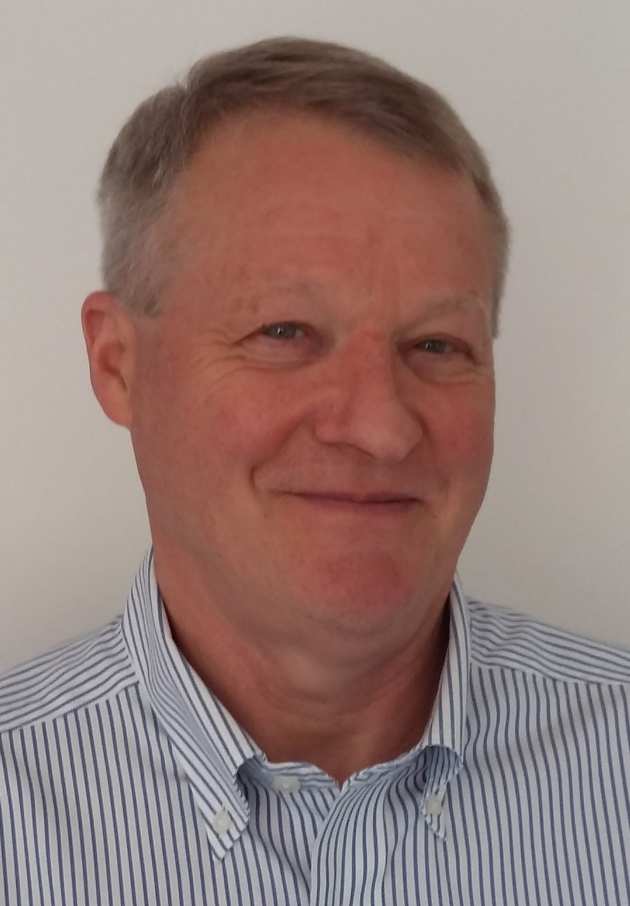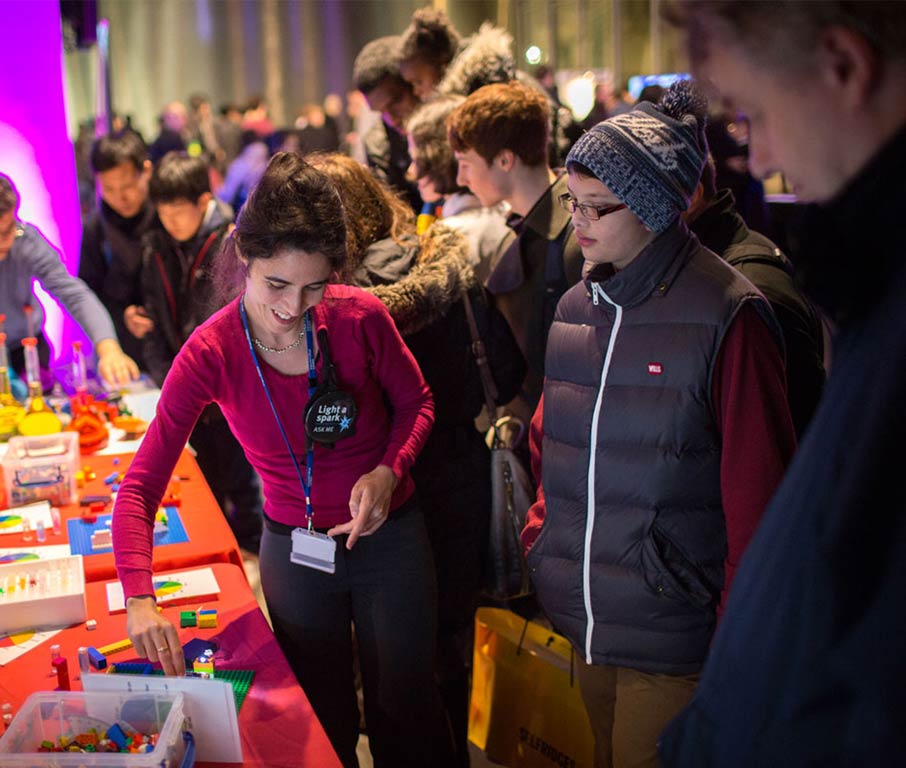 Mike Jefferies completed an undergraduate degree in Kings College London in 1973. Having to abandon his original career aspiration as a pilot in the RAF (“Jefferies, you fly like an engineer”) he started work with Binnie in June’73 and worked on Thames Tidal Defenses – and promptly met Prof. Bishop, who was retained by Binnie as a consultant in clay behaviour. Thus Mike’s first job was de-airing and reading piezometers for Bishop at the Mucking Trial Embankment. Completing his design work for the chartered review (Gray’s Beach), he was seconded to Nuttall for proper site experience (Lune-Wyre tunnel and Littlebook D cooling water outfall) prior to coming to Imperial for an MSc in soil mechanics 1976/7. Mike recalls this as a “quick bout” and now regrets that he did not pay as much attention to Prof. Bishop as he should have. Mike gained MICE June 1978 and promptly moved to Canada; he has worked for Canadian-owned companies ever since.
Mike Jefferies completed an undergraduate degree in Kings College London in 1973. Having to abandon his original career aspiration as a pilot in the RAF (“Jefferies, you fly like an engineer”) he started work with Binnie in June’73 and worked on Thames Tidal Defenses – and promptly met Prof. Bishop, who was retained by Binnie as a consultant in clay behaviour. Thus Mike’s first job was de-airing and reading piezometers for Bishop at the Mucking Trial Embankment. Completing his design work for the chartered review (Gray’s Beach), he was seconded to Nuttall for proper site experience (Lune-Wyre tunnel and Littlebook D cooling water outfall) prior to coming to Imperial for an MSc in soil mechanics 1976/7. Mike recalls this as a “quick bout” and now regrets that he did not pay as much attention to Prof. Bishop as he should have. Mike gained MICE June 1978 and promptly moved to Canada; he has worked for Canadian-owned companies ever since.
Initially, he moved to Mississauga (just outside Toronto) thanks to the support of Prof. Gibson who, as well as teaching at both Kings (where he was Mike’s tutor) and Imperial, was a principal in Golder Associates and said “my boy, I have a job for you…” During this period Mike mostly worked on tailings dams in Northern Ontario. In 1981 he moved to Calgary, joining Nova to work on the Alaska Highway gas pipeline before moving to Gulf Canada Resources. He then spent the best part of a decade in the Arctic with Gulf, becoming engineer of record for deploying the mobile drilling barge ‘Molikpaq’.
The state parameter and NorSand came out of this work in the Arctic, and both trace back to the teaching at Imperial. Under Mike’s direction, Gulf implemented testing on sands used for hydraulic filling that followed the framework Bishop had implemented for understanding clays during the 1950’s – and which was a key component of Bishop’s lectures; this led directly to the state parameter. Prof. Gibson’s principal interest was theoretical soil mechanics, and he instilled a love of that in most of his students; NorSand was no more than a strict implementation of the canonical exposition of soil plasticity given in Drucker, Gibson & Henkel and which was likewise a key component of Gibson’s lectures. Mike applied, and developed, what he had been taught at Imperial; critical state soil mechanics as we know it today owes much to the research and teaching of both Alan Bishop and Bob Gibson at Imperial and which they communicated so well as part of the MSc.
Work in the arctic all came to an end in 1990 because of a collapse in the oil price, and so Mike returned to consulting engineering in Vancouver and also back to Golder Associates. Working for Golder he then moved back to UK (near Nottingham), but did little work in UK with most time spent in USA, Netherlands, Lebanon – and, Canada. During this period he was primarily working quantitative risk assessments with a large bit of hydroelectric dam repair (Bennett) on the side. He moved back to Vancouver (actually White Rock) in 2002, working on both repair/care of hydroelectric dams (Mica, Duncan, La Joie and Kootenay Canal) and construction of tailings dams (Antamina and Neves Corvo). Mike particular enjoys ground modification, and is an exponent of both engineered grouting and explosive compaction (Amauligak, Cold Water Creek, Sakhalin, and Guindon). In 2009 he found himself able to downshift to independent consulting, a liberating step. Mostly dealing with tailings dams, he wound up working for various Canadian engineering companies as a senior consultant – and this continues today.
The work at Gulf resulted in much collaboration with the University of Manchester – and who made him a Visiting Professor there in 1999. Professional contributions include some 80 papers, which have attracted more than 5000 citations. Mike feels that his the cleverest papers tend to be ignored and one of his most cited is a bit of work about the SPT – a test that he detests, and which was the reason that paper got written. He wrote a book that is today used by many MSc and PhD students at Imperial (link to https://www.crcpress.com/Soil-Liquefaction-A-Critical-State-Approach-Second-Edition/Jefferies-Been/p/book/9781482213683). His 1985 paper on the state parameter that was co-authored by Ken Been is one of the top ten most cited Géotechnique papers (link to https://www.icevirtuallibrary.com/doi/abs/10.1680/geot.1985.35.2.99).
In recognition of his achievements Mike delivered the Cross-Canada Lecture (2012), the Sujkle Lecture (2014), and Jennings Lectures (2018).
Contact Geotechnics
Geotechnics
Civil and Environmental Engineering
Skempton Building
Imperial College London
South Kensington Campus
London, SW7 2AZ
Telephone:
+44 (0)20 7594 6077
Email: j.otoole@imperial.ac.uk
Alternatively, you can find a member of Geotechnics staff on the Department of Civil and Environmental Engineering website.
Follow us on Twitter: @GeotechnicsICL
We are located in the Skempton Building (building number 27 on the South Kensington Campus Map). How to find us
